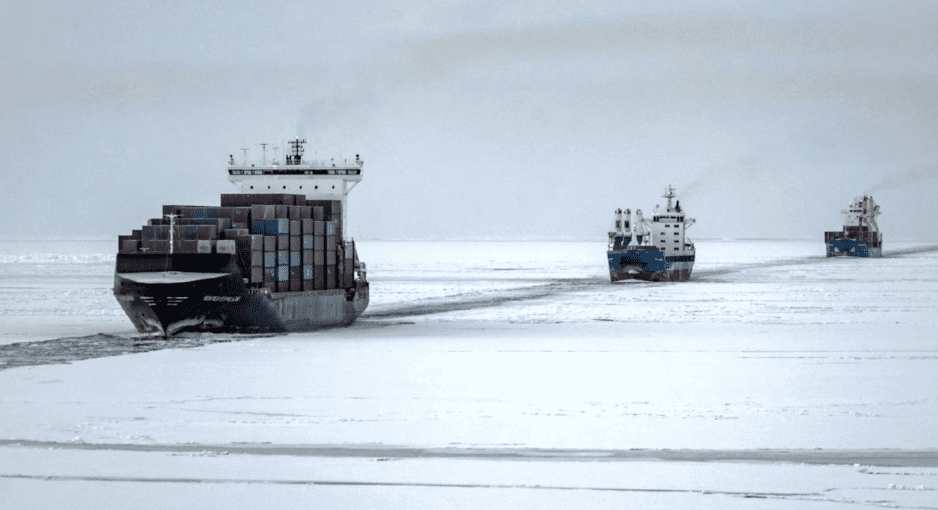A NASA map of satellites, space stations and space junk.
While the oceans remain vast, largely uninhabited domains, space is slowly but surely becoming more and more congested with satellites hurtling around at tens of thousands of miles an hour. The good news is that outer space, is rather spacious.
The trick is actually getting to space and into a stable orbit, a feat that satellite communications company Orbcomm has recently been challenged with.
Orbcomm’s second generation of satellites (OG2) are equipped with AIS antennas which may prove to revolutionize the tracking of ships globally and at the same time, help save lives by allowing organizations like AMVER and EMSA to locate and route vessels when emergencies arise on the high seas.
Launched as a secondary mission payload on the Cargo Re-Supply Services (CRS-1) mission of October 7, the first OG2 prototype was rerouted after launch and is currently slated for deorbit, space terminology for allowing a satellite to fall into lower orbit and burn. Problems began soon after launch when the satellite was stopped by NASA to perform a safety check after the first stage engines of its launch platform, Falcon 9, malfunctioned. The safety-stop was called to protect the International Space Station and its crew, but resulted in the satellite being deployed in a lower orbit than intended.
According to Orbcomm, part of the problem was the fact that the OG2 was hitching a ride on the CRS-1 mission and, had it been the primary payload on this mission as is planned for the upcoming launches, they believe the OG2 would have reached the desired orbit.
Despite setbacks, the OG2 program engineering teams from Orbcomm, Sierra Nevada Corporation and Boeing were able to establish telemetry and command communications with OG2 and test various hardware components in lower orbit. The solar array and communications payload antenna deployments were also tested successfully
With these tests verified, Orbcomm plans on continuing its mission to extend the range of AIS tracking across the globe and has set their sights on two additional OG2 launches, the first in mid-2013 and the second in 201, launches that will carry each satellite directly into operational orbit.
“We appreciate the complexity and work that SpaceX put into this launch,” stated Marc Eisenberg, Orbcomm’s CEO. “SpaceX has been a supportive partner, and we are highly confident in their team and technology.”
Orbcomm has filed a notice of claim under its launch insurance policy for a total loss of the OG2 prototype. The maximum amount covered by the policy is $10 million, which would largely offset the expected cost of the OG2 prototype and associated launch services and launch insurance.

 Join The Club
Join The Club








